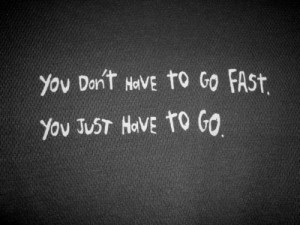Positive Talk Increases Endurance
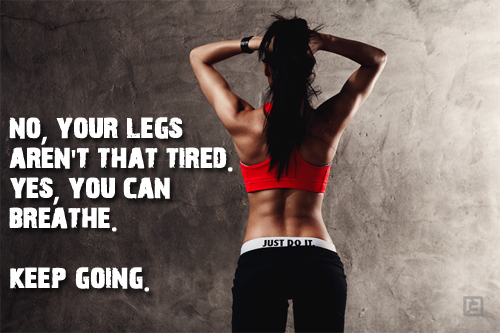 In a study published in Medicine & Science in Sports & Exercise, 24 participants were told to do a cycling test to exhaustion. Half of the participants then underwent a two week positive talk intervention while the other half (control group) received no special treatment. The results?
In a study published in Medicine & Science in Sports & Exercise, 24 participants were told to do a cycling test to exhaustion. Half of the participants then underwent a two week positive talk intervention while the other half (control group) received no special treatment. The results?
The positive self talk group saw an 18% increase in endurance while the control group received no increase in endurance. The study also revealed that the positive self talk group perceived exertion (RPE) rose more slowly; (The exercise felt easier) compared to the control group where the results remained the same.
The two week positive talk intervention involved the self talk group selecting four positive/motivational statements to use over the two weeks while exercising and then were told to integrate them into their test. Simple.
Most people believe in the power of positive talk but do not realize how important it really can be. Endurance is a mind over body equation. Most of us give up mentally well before our physical bodies fatigue. We have all been there many of times, whether it has been cycling, exercising or life. I know I continually envision rockets and say “lets go” while cycling. At work I continually repeat “I love my job, I love my job.” So I am convinced.
I have been on the flip side where I have done the negative talk and said “I’m too hot, my knee hurts, I’m too tired etc. etc.” and generally quit shortly after my mind goes there. Don’t subscribe to that way of thinking.
Some suggested positive talk to increase endurance:
This is easy, I am a beast, I can do this, love this feeling, crushing it, let’s go, almost there, and I AM AWESOME. Feel free to suggest more in the comment section, but I like to keep it simple. I also like to say this out loud and make other people laugh once in a while as that also helps.
Mind over Body
When it comes to endurance mental health is 80% of the battle. Be positive, humorous and happy. It will make all the difference. Positive talk increases endurance.
 This training article comes courtesy of Rob Swan, a NCCP Level 3 certified coach with
This training article comes courtesy of Rob Swan, a NCCP Level 3 certified coach with 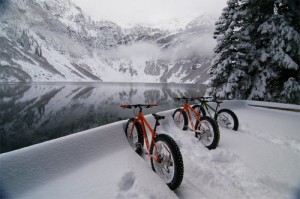 FAT Biking: Now if you truly want to stay outdoors through the winter months, test-ride a FAT Bike. Then, of course, you will be buying a FAT Bike because you will want to ride every day, winter or summer. These bikes can go anywhere, anytime and anyone can ride them. For winter, they are great as a commuter because they will roll over roads, dirt, snow and ice without a problem at all. You can take them on snow covered mountain bike trails and on snowmobile trails for the ultimate in winter fun. As well as sheer enjoyment, these bikes will help you maintain your fitness.
FAT Biking: Now if you truly want to stay outdoors through the winter months, test-ride a FAT Bike. Then, of course, you will be buying a FAT Bike because you will want to ride every day, winter or summer. These bikes can go anywhere, anytime and anyone can ride them. For winter, they are great as a commuter because they will roll over roads, dirt, snow and ice without a problem at all. You can take them on snow covered mountain bike trails and on snowmobile trails for the ultimate in winter fun. As well as sheer enjoyment, these bikes will help you maintain your fitness.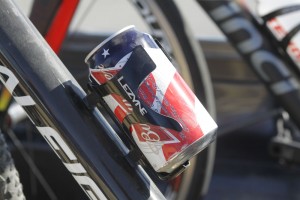 Alcohol and cycling. Do they really mix?
Alcohol and cycling. Do they really mix?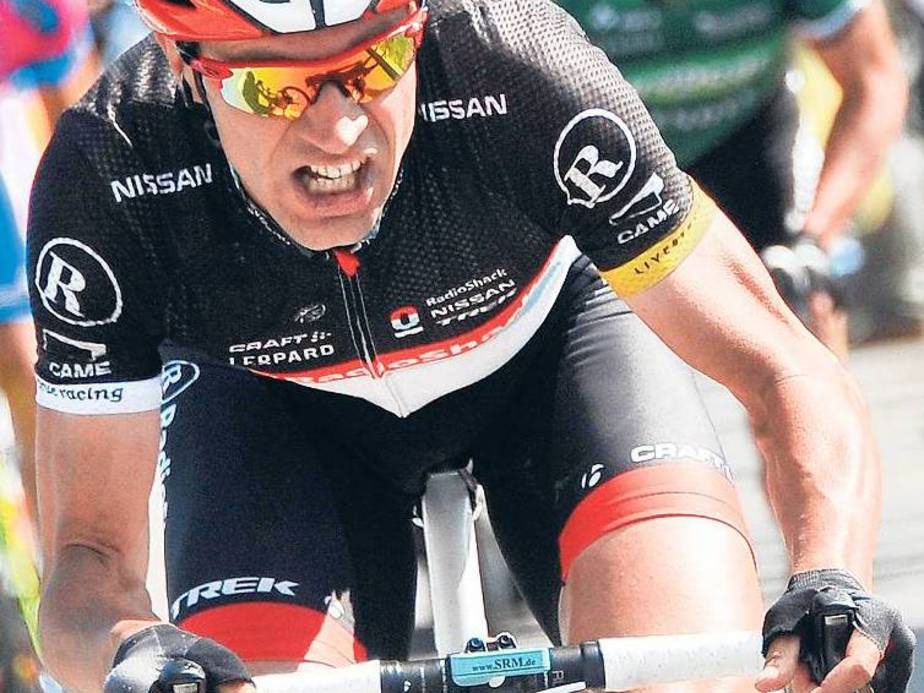
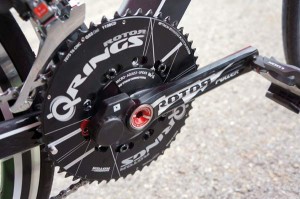 It’s pretty simple really…power is a measure of work over time. It’s measured in watts. While it might seem as easy as visualizing the amount of pressure or torque you’re putting into the pedals, it’s in fact a little more than that. The same amount of pressure at 80 revolutions per minute (rpm) and 100 rpm will give you lower and higher wattages relatively. This is because you are doing less or more work per minute. If you’re cruising along on a pancake flat road at 90 rpm in an easy gear, and then you switch into a harder gear and while maintaining an identical cadence, you will also be applying more power. In this case the amount of pressure on the pedals has increased. One thing is certain, more power means more speed.
It’s pretty simple really…power is a measure of work over time. It’s measured in watts. While it might seem as easy as visualizing the amount of pressure or torque you’re putting into the pedals, it’s in fact a little more than that. The same amount of pressure at 80 revolutions per minute (rpm) and 100 rpm will give you lower and higher wattages relatively. This is because you are doing less or more work per minute. If you’re cruising along on a pancake flat road at 90 rpm in an easy gear, and then you switch into a harder gear and while maintaining an identical cadence, you will also be applying more power. In this case the amount of pressure on the pedals has increased. One thing is certain, more power means more speed.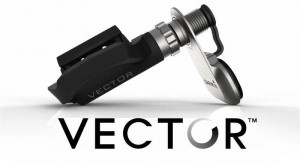 Accurate power tools for cyclists are more available now than ever before. Of course, you can also purchase power tools that are not as accurate. There are plenty of options out there. Which power tool should you get? That’s a question that demands it’s own dedicated article. Should you get hub-based, bottom bracket-based, pedal-based, or crank-based power? It all depends on several factors. The purpose of this article is not to debate the merits of different power tools available on the market. I do hope I have shed some more light on why people are choosing to use power meters and how you can benefit from getting on that bandwagon. I will say this, however, in regards to power meters: the “get what you pay for” axiom applies. Pay for a decent power meter or don’t bother. Like grandma used to say: “do something right or don’t do it at all”. Some of the decent power meters available include: SRM, Power-Tap, Garmin Vector Pedals,
Accurate power tools for cyclists are more available now than ever before. Of course, you can also purchase power tools that are not as accurate. There are plenty of options out there. Which power tool should you get? That’s a question that demands it’s own dedicated article. Should you get hub-based, bottom bracket-based, pedal-based, or crank-based power? It all depends on several factors. The purpose of this article is not to debate the merits of different power tools available on the market. I do hope I have shed some more light on why people are choosing to use power meters and how you can benefit from getting on that bandwagon. I will say this, however, in regards to power meters: the “get what you pay for” axiom applies. Pay for a decent power meter or don’t bother. Like grandma used to say: “do something right or don’t do it at all”. Some of the decent power meters available include: SRM, Power-Tap, Garmin Vector Pedals,  Jeff Symonds (2013 Challenge Penticton Champion)
Jeff Symonds (2013 Challenge Penticton Champion)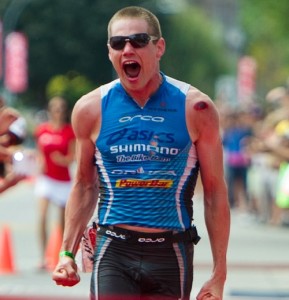 Jeff Symonds
Jeff Symonds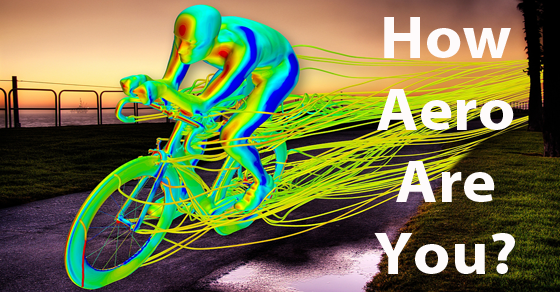 There are two ways to get faster on a bike; increase power or increase aerodynamic efficiency.
There are two ways to get faster on a bike; increase power or increase aerodynamic efficiency.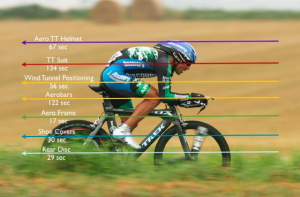 Test how slippery you have become with the small tweaks you have made.
Test how slippery you have become with the small tweaks you have made.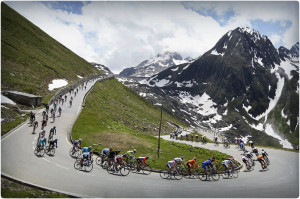 Get FREE SPEED and learn how to corner. Cornering a bike properly can save you massive amounts of energy and time. I have been working on cornering every ride since my last race… where I got destroyed on the downhill. So… what was I doing wrong?
Get FREE SPEED and learn how to corner. Cornering a bike properly can save you massive amounts of energy and time. I have been working on cornering every ride since my last race… where I got destroyed on the downhill. So… what was I doing wrong?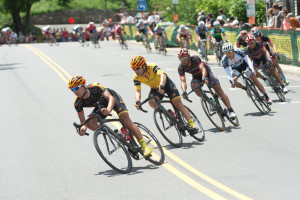 I am aggressive when it comes to cornering, too aggressive. I loose valuable speed because I do not brake enough before the turn which results in me having to brake in the turn. Braking in the turn actually makes the bike want to stand up on itself and straighten out, two things you are trying not to do. You end up fighting the bike and shedding more speed than necessary to make the turn safely.
I am aggressive when it comes to cornering, too aggressive. I loose valuable speed because I do not brake enough before the turn which results in me having to brake in the turn. Braking in the turn actually makes the bike want to stand up on itself and straighten out, two things you are trying not to do. You end up fighting the bike and shedding more speed than necessary to make the turn safely.
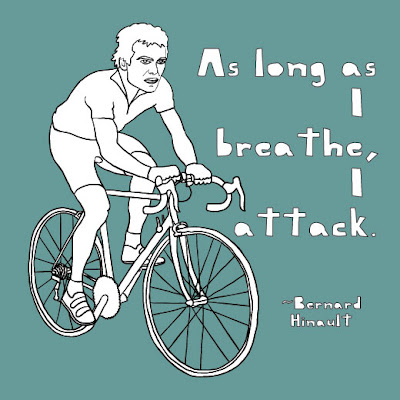 How to Breathe While Cycling – Test
How to Breathe While Cycling – Test Great Examples of Breathing Properly
Great Examples of Breathing Properly The oversimplified, Coles Notes version… muscles use glucose as energy in two ways, aerobically with oxygen and anaerobically without oxygen. Both aerobic and anaerobic produce energy stores called ATP which is used to make your muscles contract, heart pump and other physiological process to keep us alive.
The oversimplified, Coles Notes version… muscles use glucose as energy in two ways, aerobically with oxygen and anaerobically without oxygen. Both aerobic and anaerobic produce energy stores called ATP which is used to make your muscles contract, heart pump and other physiological process to keep us alive.